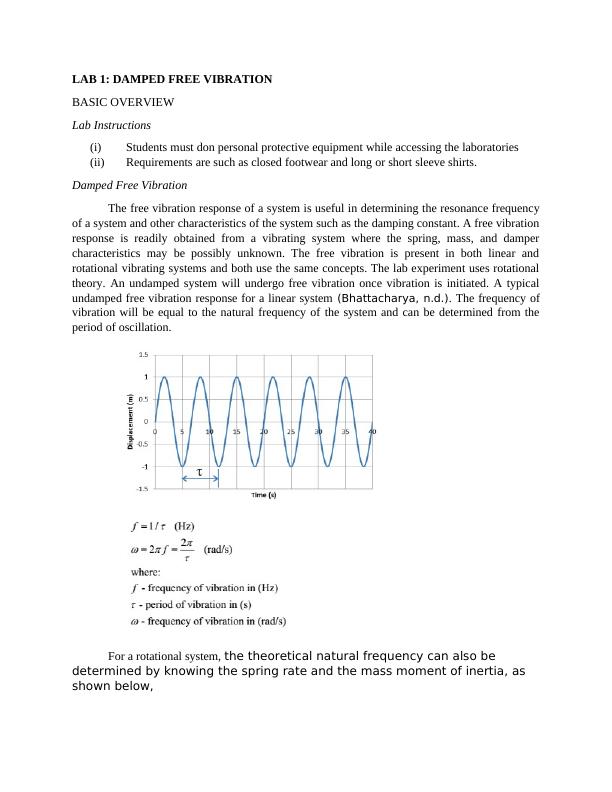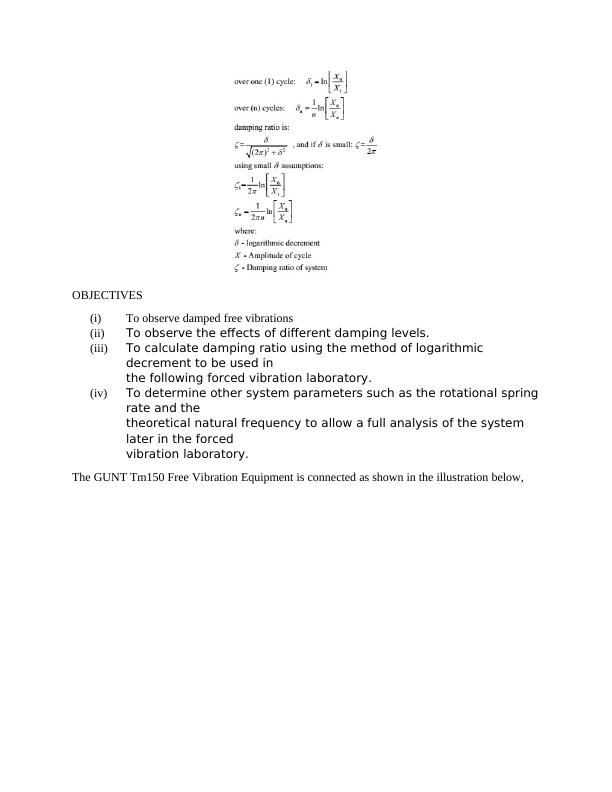Damped Free Vibration Assignment
18 Pages2750 Words76 Views
Central Queensland University
Added on 2020-03-16
Damped Free Vibration Assignment
Central Queensland University
Added on 2020-03-16
ShareRelated Documents
End of preview
Want to access all the pages? Upload your documents or become a member.
Dynamics and Control of Mass-Spring-Damper System
|16
|2582
|49
ENGG952 - Engineering Computing
|8
|1467
|102
MECH3422 - Dynamic System Modelling and Control
|10
|1352
|258
Vibration Analysis and Modeling of Automobile Suspension Systems
|17
|1988
|300
Quarter Car Modelling Assignment
|8
|1336
|52
Mechanical Engineering Problems and Solutions
|16
|2191
|317




